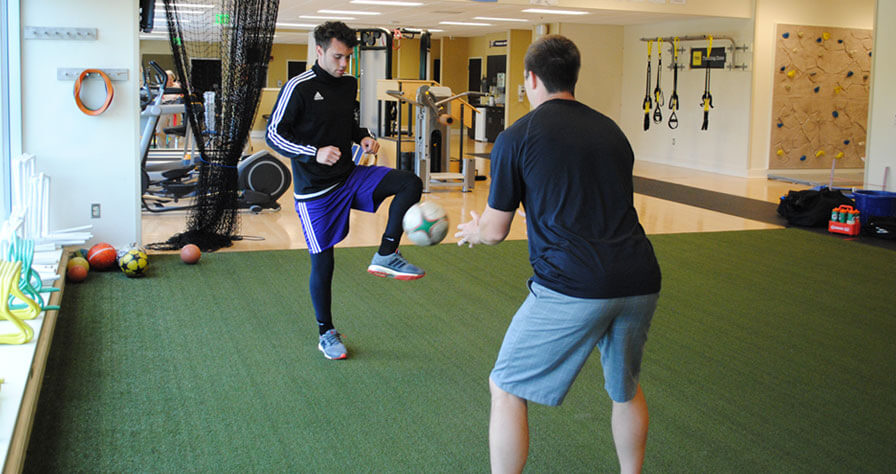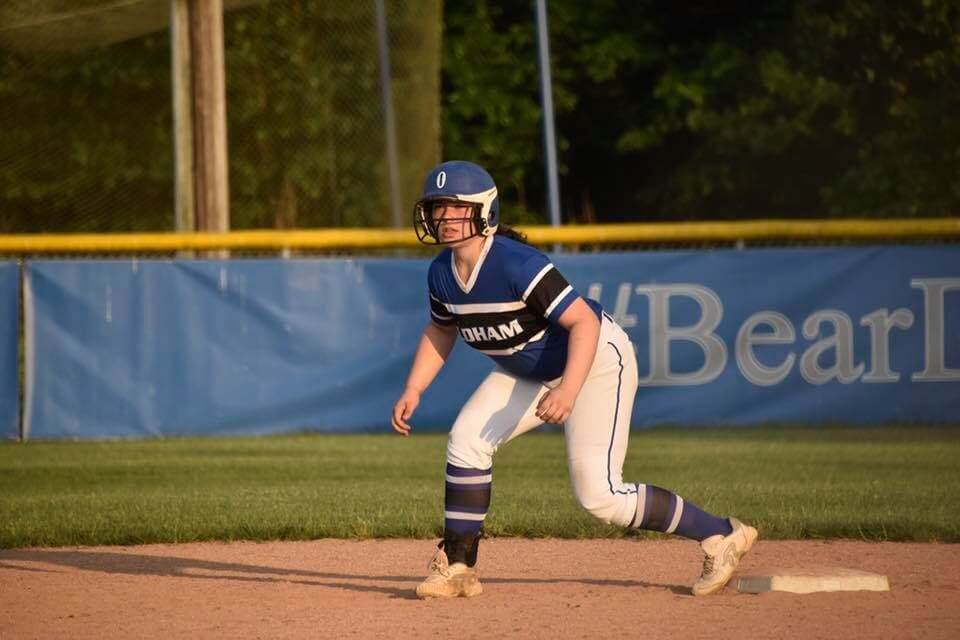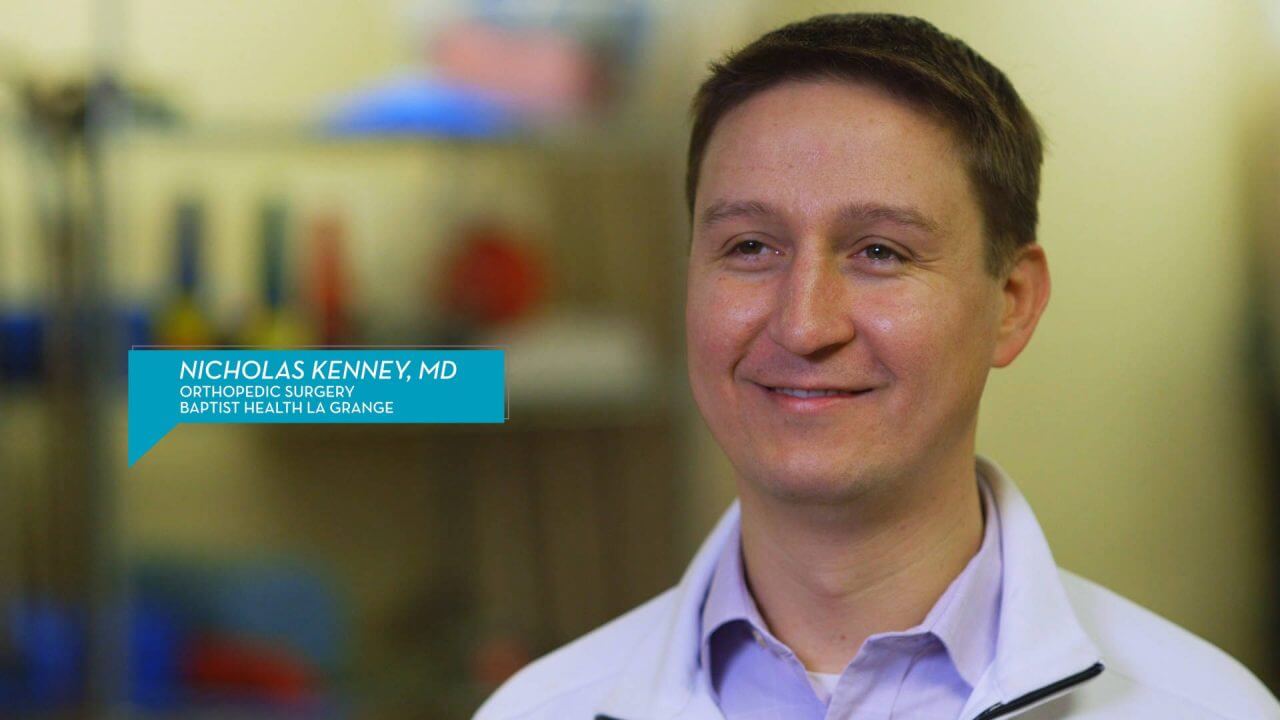What to Expect Throughout the ACL Recovery Timeline

Commonly recognized as one of the most dreaded injuries in sports, an ACL injury can sideline an athlete for an entire season, requiring surgery and a long rehabilitation process. To get back in the game, athletes have to overcome significant emotional stress as they work to recover from the physical injury.
What Happens During The ACL Recovery Timeline?
Cameron Lancaster, a forward for Louisville City FC, is experiencing this emotional roller coaster for the second time in his soccer career, as he recovers from surgery to repair both his ACL and meniscus after an injury during a practice in April. He recovered from ACL surgery on his left knee in November 2013. After surgery at Baptist Health La Grange, he is undergoing physical therapy and athletic training at Baptist Health Sports Medicine, the team’s sports medicine provider for the team.
“It is a long, day-by-day process, but it has made it easier that I already know what to expect and that I know I’ll get there in the end,” Lancaster said. “The hardest part is finding out. You’re down for a couple of days, but then you know what you’ve got to do.”
The Injury
The ACL, or anterior cruciate ligament, runs diagonally in the center of the knee, keeping your tibia, or shin bone, in place. Tearing this ligament can cause your knee to give way, and patients often report hearing a loud popping sound when they go down.
According to the American Orthopaedic Society for Sports Medicine, there are approximately 150,000 ACL injuries each year in the U.S. They are most common in athletes, particularly those participating in soccer, basketball, football, and skiing; however, it can happen to anyone. An ACL injury occurs when the bones of the leg twist in opposite directions under full body weight, which can happen if you:
- Get hit very hard on the side of your knee
- Overextend the knee joint
- Quickly stop moving and change direction while turning, running or landing from a jump
ACL injuries become more complicated because they often occur with other injuries, as in Lancaster’s case. He tore his meniscus at the same time, requiring additional repairs and longer recovery time.
The Surgery
Baptist Health orthopedic surgeon Nicholas Kenney, MD, Baptist Health La Grange, performed Lancaster’s surgery, which he described as a typical, straightforward ACL surgery. To do the repair, he removed the torn ligament and then grafted tissue from Lancaster’s hamstring tendons, using it to make a new ACL. To insert the graft, he drilled tunnels, in the tibia (leg bone) and femur (thigh), and passed the new tissue through the tunnel, securing it. The surgery was done arthroscopically, which is minimally invasive, requiring smaller incisions.
“In younger people, especially athletes, I feel it’s better to use tissue from their own body because it decreases the chance of re-tearing,” Dr. Kenney said. “The minimally invasive surgery requires smaller incisions, which allows patients to get their motion back quicker with less pain.”
Rehabilitation
After surgery, a key factor in recovery is to follow a protocol, working with a therapist/trainer to constantly assess your progress, Dr. Kenney said. Rehab is focused on building muscle strength and adjusting the gait pattern to protect the graft.
“Rehabilitation typically takes four to six months, and it’s usually six months before an athlete will return to play,” he said. “In most cases, the ACL will heal, but problems may arise from weakness of muscles around the knee, or asymmetry in gait and running patterns – we must protect graft to decrease the chance of re-tearing the ligament.”
Your ability to return to full activity will depend on how well you follow the program, which includes these steps:
- Protective Phase
- Controlled Stabilization
- Functional Strengthening (the longest phase, about 12 weeks)
- Functional Evaluation to see if you are ready to return to activity
For Lancaster, the meniscus repair complicated his rehab. Ordinarily, a patient would be encouraged to put full weight on the knee soon after surgery, but with a meniscus repair, he was limited to bending his knee only 90 degrees to put weight on it.
The Plan
Scott Ritter, the team’s athletic trainer, said the meniscus repair, combined with Lancaster’s energy level, has been the most difficult parts of his rehab process.
“The biggest challenge with Cam has been containing him. He wants to push ahead, but we have to take things kind of slow. He’s getting stronger every day, but we’re not going to rush into it,” he said. “With any patient, they feel better so they want to go back to doing things too quickly. It becomes even more of a challenge with 22-year-old wanting to get back on the soccer field.”
Ritter worked with Lancaster to develop a timeline and a schedule that fit with his goals to get back to play. He customized therapy and training to Lancaster’s goals, incorporating functional soccer movements and extra cardiovascular activity to keep up his fitness level.
“I know what I have to do, and I have the enthusiasm and drive to get there. Having this facility and the support of my teammates have made it a lot easier,” Lancaster said.
For more information about Baptist Health Sports Medicine, visit http://www.baptistsportsmedky.com/.



